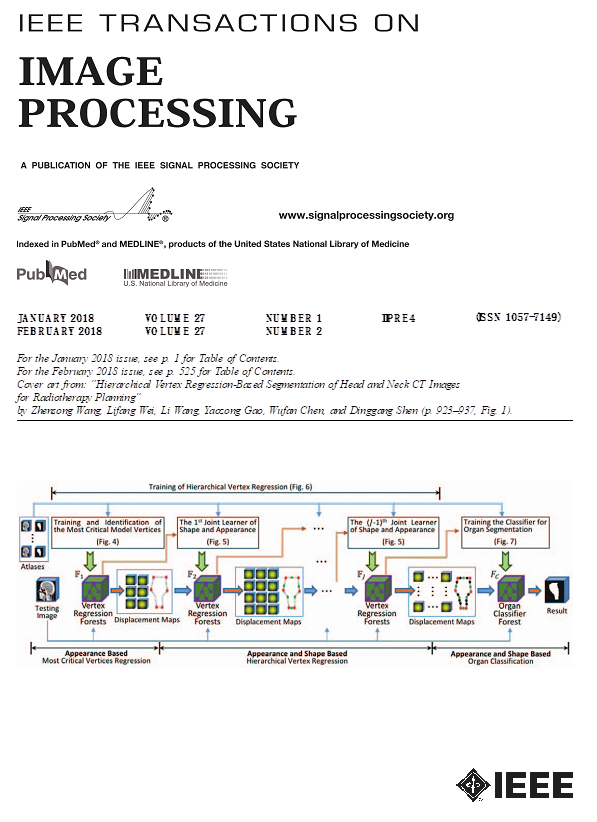希望:通过高阶隐式表示增强位置图像先验。
IF 13.7
1区 计算机科学
Q1 COMPUTER SCIENCE, ARTIFICIAL INTELLIGENCE
引用次数: 0
摘要
深度图像先验(DIP)表明,具有随机初始化和自定义架构的网络可以有效地解决逆成像挑战。尽管DIP具有潜力,但它需要大量的计算资源,而较轻的隐式神经位置图像先验(PIP)由于加剧了光谱偏差,通常会产生过于平滑的解决方案。对轻量化、高性能逆成像解决方案的研究仍然有限。本文提出了一个新的框架,通过高阶隐式表示(HOPE)增强位置图像先验,在传统的级联结构中纳入了层之间的高阶相互作用。这种方法减少了PIP中常见的频谱偏差,增强了模型捕获低频和高频分量的能力,以获得最佳的反问题性能。我们从理论上证明了HOPE扩展的表征空间、更窄的收敛范围和改进的神经切线核(NTK)对角线特性使频率表征比PIP更精确。信号表示(音频、图像、体积)和图像逆处理(去噪、超分辨率、CT重建、修复)等任务的综合实验证实,HOPE为恢复质量和训练效率建立了新的基准。本文章由计算机程序翻译,如有差异,请以英文原文为准。
HOPE: Enhanced Position Image Priors via High-Order Implicit Representations.
Deep Image Prior (DIP) has shown that networks with stochastic initialization and custom architectures can effectively address inverse imaging challenges. Despite its potential, DIP requires significant computational resources, whereas the lighter Implicit Neural Positional Image Prior (PIP) often yields overly smooth solutions due to exacerbated spectral bias. Research on lightweight, high-performance solutions for inverse imaging remains limited. This paper proposes a novel framework, Enhanced Positional Image Priors through High-Order Implicit Representations (HOPE), incorporating high-order interactions between layers within a conventional cascade structure. This approach reduces the spectral bias commonly seen in PIP, enhancing the model's ability to capture both low- and high-frequency components for optimal inverse problem performance. We theoretically demonstrate that HOPE's expanded representational space, narrower convergence range, and improved Neural Tangent Kernel (NTK) diagonal properties enable more precise frequency representations than PIP. Comprehensive experiments across tasks such as signal representation (audio, image, volume) and inverse image processing (denoising, super-resolution, CT reconstruction, inpainting) confirm that HOPE establishes new benchmarks for recovery quality and training efficiency.
求助全文
通过发布文献求助,成功后即可免费获取论文全文。
去求助
来源期刊

IEEE Transactions on Image Processing
工程技术-工程:电子与电气
CiteScore
20.90
自引率
6.60%
发文量
774
审稿时长
7.6 months
期刊介绍:
The IEEE Transactions on Image Processing delves into groundbreaking theories, algorithms, and structures concerning the generation, acquisition, manipulation, transmission, scrutiny, and presentation of images, video, and multidimensional signals across diverse applications. Topics span mathematical, statistical, and perceptual aspects, encompassing modeling, representation, formation, coding, filtering, enhancement, restoration, rendering, halftoning, search, and analysis of images, video, and multidimensional signals. Pertinent applications range from image and video communications to electronic imaging, biomedical imaging, image and video systems, and remote sensing.
 求助内容:
求助内容: 应助结果提醒方式:
应助结果提醒方式:


